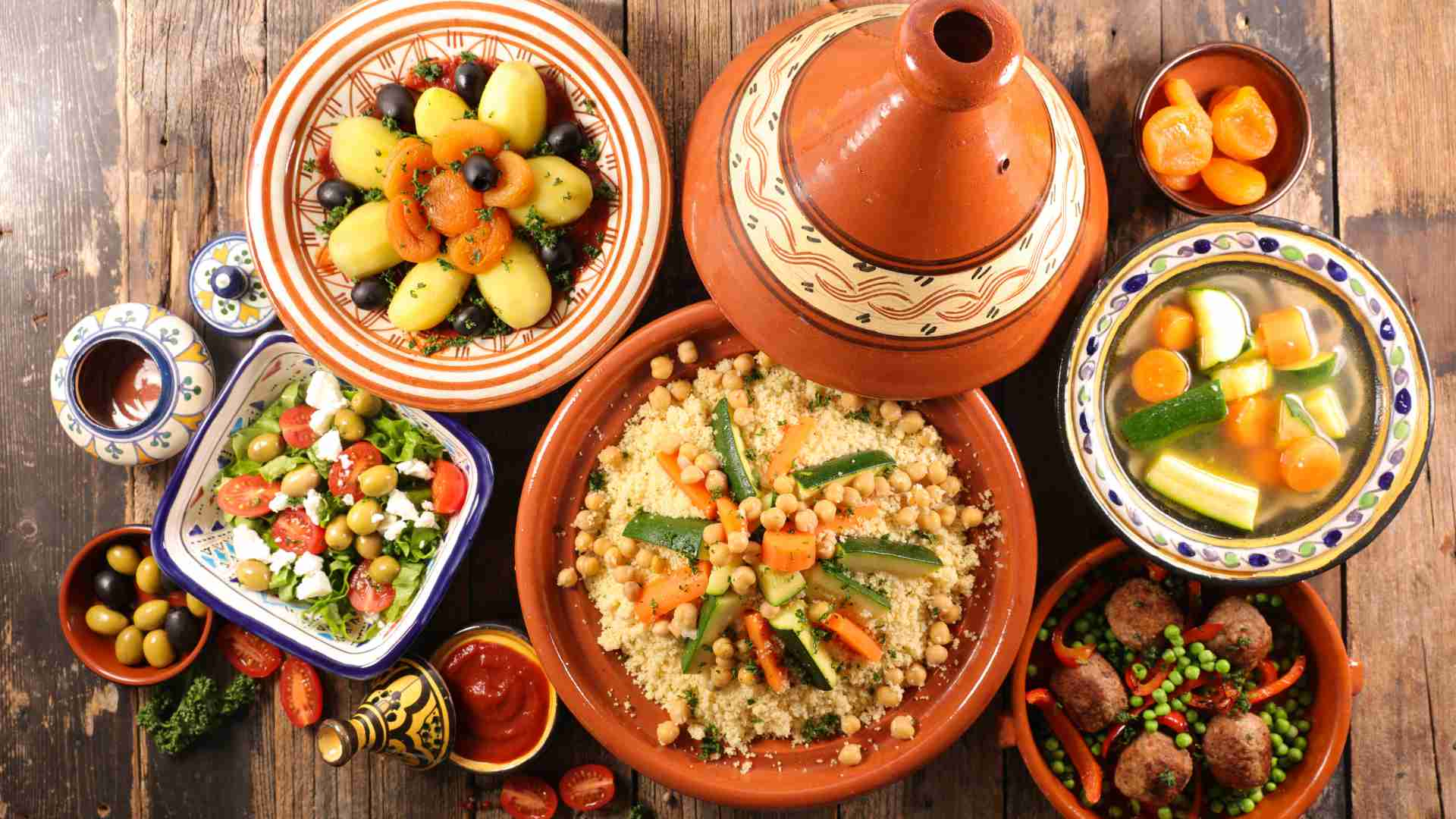
What to eat in Marrakech, is a question that many new to travelling in Morocco might well ask. Marrakech is a city of enchantment, where vivid colors, bustling souks, and grand riads weave together a rich tapestry of culture. Its streets teem with life, drawing visitors eager to immerse themselves in its magic. While the vibrant food scene may seem rather daunting at first—street vendors beckoning, haggling in the air, and crowds thick with energy—fear not! We are here to guide you through the city’s culinary wonders, offering tips on must-try dishes and where to find them.
A common question among travelers is whether it’s safe to eat Marrakech’s street food. The lively market stalls boast some of the city’s finest flavors, but a discerning choice is key. We recommend steering clear of fried fish, opting for bottled water, and embracing vegetarian options if ever in doubt. To fully savor the city’s gastronomic delights and cultural offerings, consider one of our curated taster holidays, which includes accommodations, guided transport, cooking lessons, walking tours, and much more. Experience Marrakech with confidence and taste its treasures safely!
A great way to enjoy everything the city has to offer is by booking one of our Taster holidays to Marrakech, which includes accommodation, organised transport, cooking lessons, walking tours, and more!
Lamb Tangia
Tagines are eaten everywhere in Morocco, but tangia is a dish that’s specific to Marrakech, a slow-cooked stew made with lamb, beef, or chicken and flavoured with aromatic spices and preserved lemon. It’s cooked in a clay pot (called a tangia, hence the name) for hours until rich and thick, then served with warm flatbreads and mounds of cous cous. — When anyone asks you after your trip what to eat in Marrakech you’ll be sure to mention Lamb Tangia!
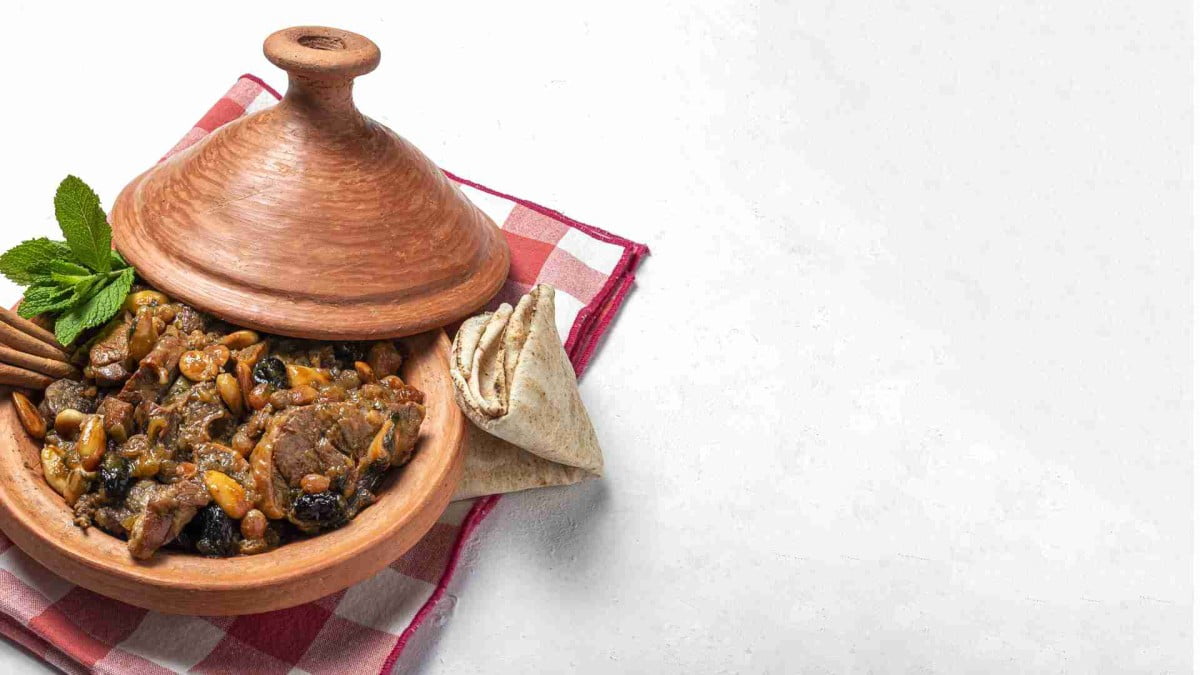
Couscous
Unlike the quick-cook stuff we eat here in the UK, couscous in Morocco forms a core part of its cuisine and is treated with a great deal of care and attention. It’s traditionally eaten on Fridays, the holy day of Islam, with families coming together to enjoy the humble food and pray. The word ‘couscous’ actually refers to an entire dish of meat and vegetables served on a bed of steaming couscous. It’s cooked in a couscoussière, hence the name, which is essentially a large steamer that gently cooks the grain in the steam of the broth, meat, and vegetables below. You’ve not had couscous like this before! It’s usually garnished with raisins and caramelised onions or served alongside a cup of buttermilk to soak up the last tiny grains on your plate.
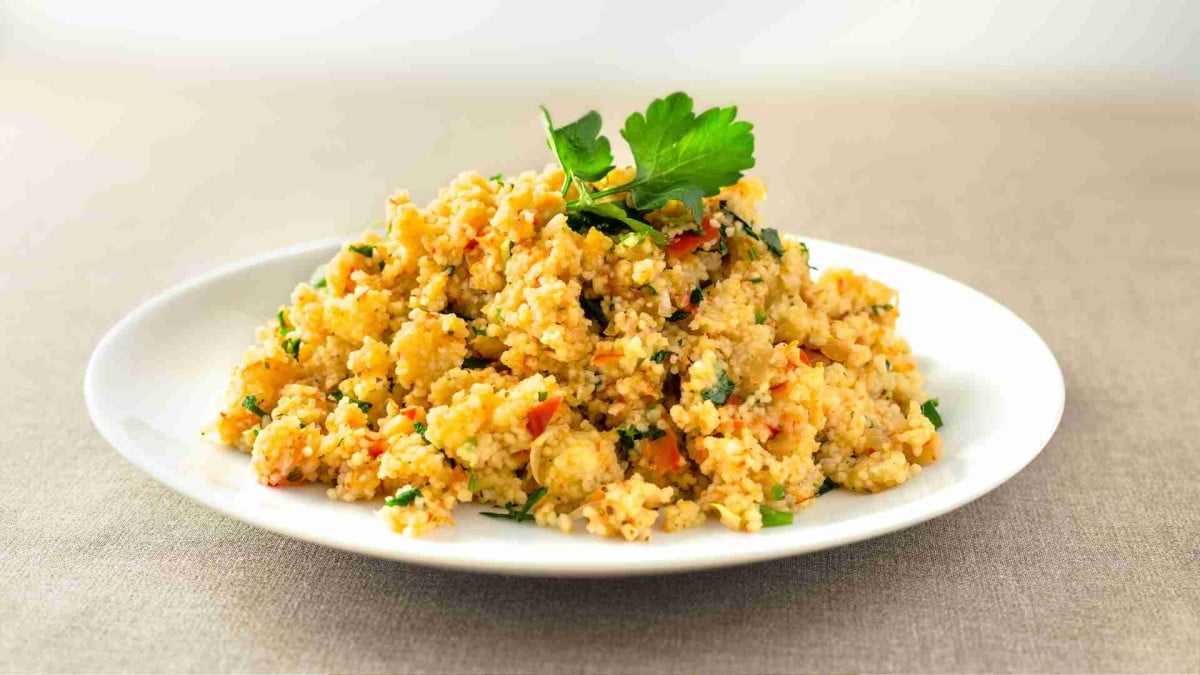
Chebakia
Chebakia or shebakia is a sweet, flavoured cookie that’s deep-fried, soaked in honey, and then sprinkled with sesame seeds. They’re fairly time-consuming to make and require strips of dough to be rolled, twisted, and folded to create their signature flower shape, but the good news is you can easily buy them in patisseries and street stalls across Marrakech.
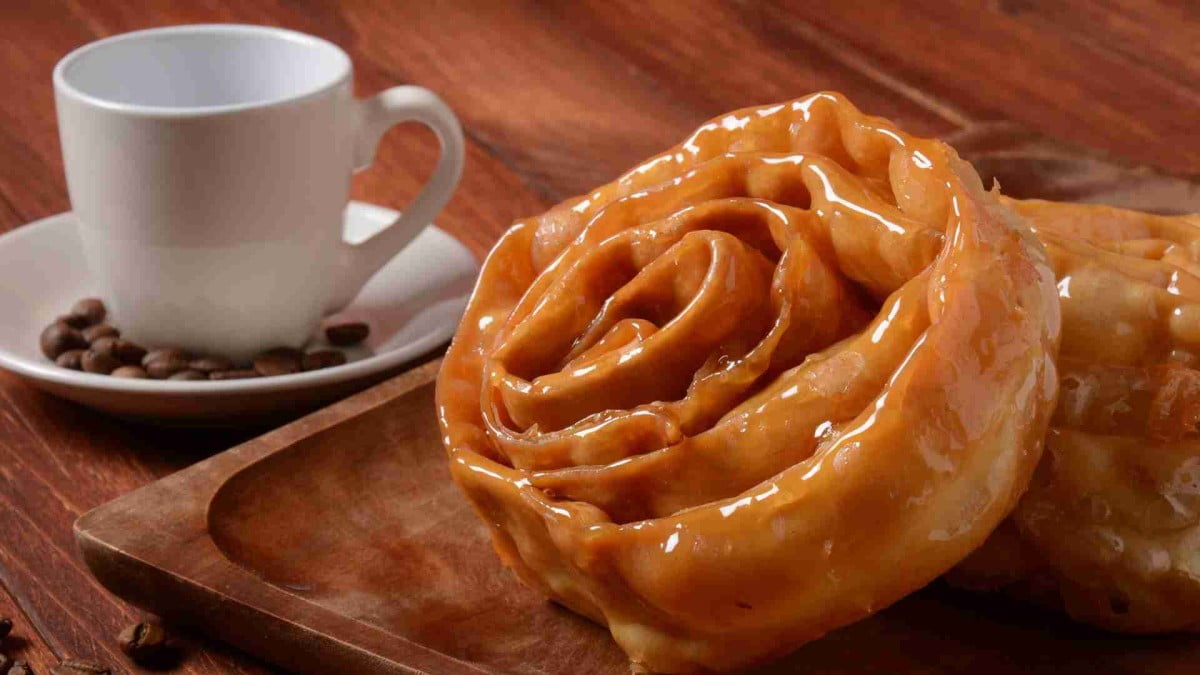
Pastilla
Nearly every country seems to have its version of a pastry, and in Morocco, it’s the pastilla or bastilla. This flaky parcel is a unique sweet and savoury pie that sees filo pastry filled with shredded chicken and fragrant North African spices. Sometimes it’s made with almonds and dried fruits which add a touch of sweetness and crunch. The best place to find pastillas is from the street food stalls of Jemaa el Fna Square, Marrakech’s main marketplace in the old city.
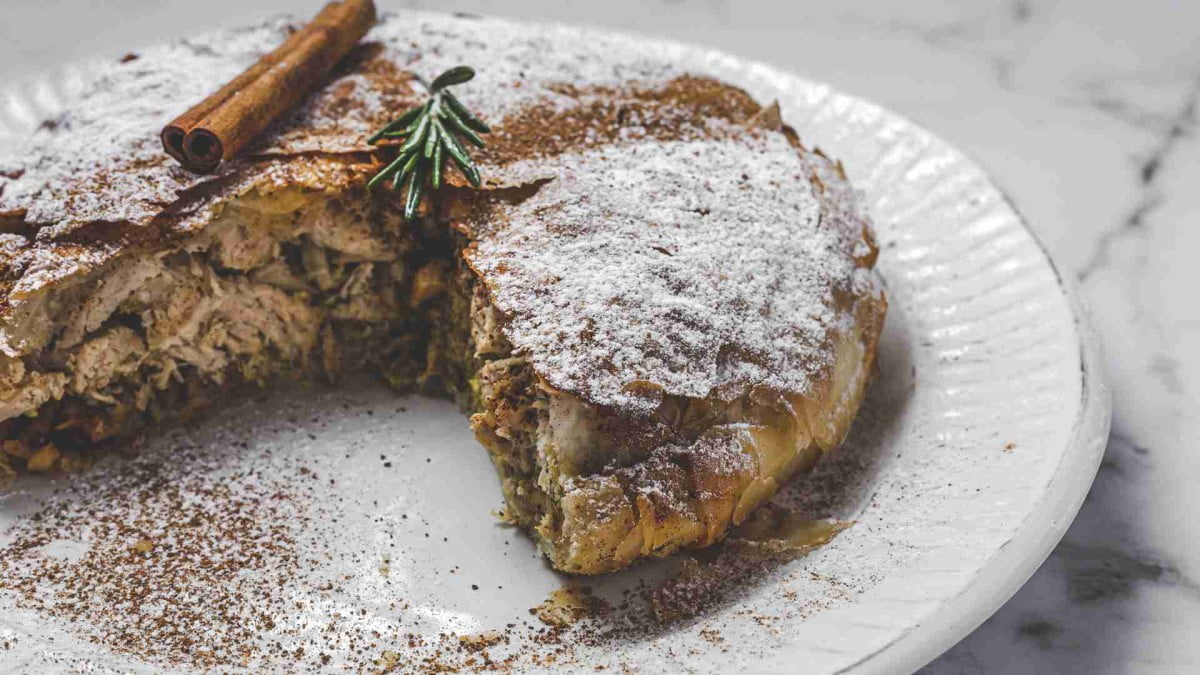
Harira
Harira is a hearty soup made with lamb, tomatoes, lentils, and spices, often enjoyed as a cheap street food on nearly every corner of Marrakech. It’s more traditionally served during the holy month of Ramadan as the first meal of the day to break the fast.
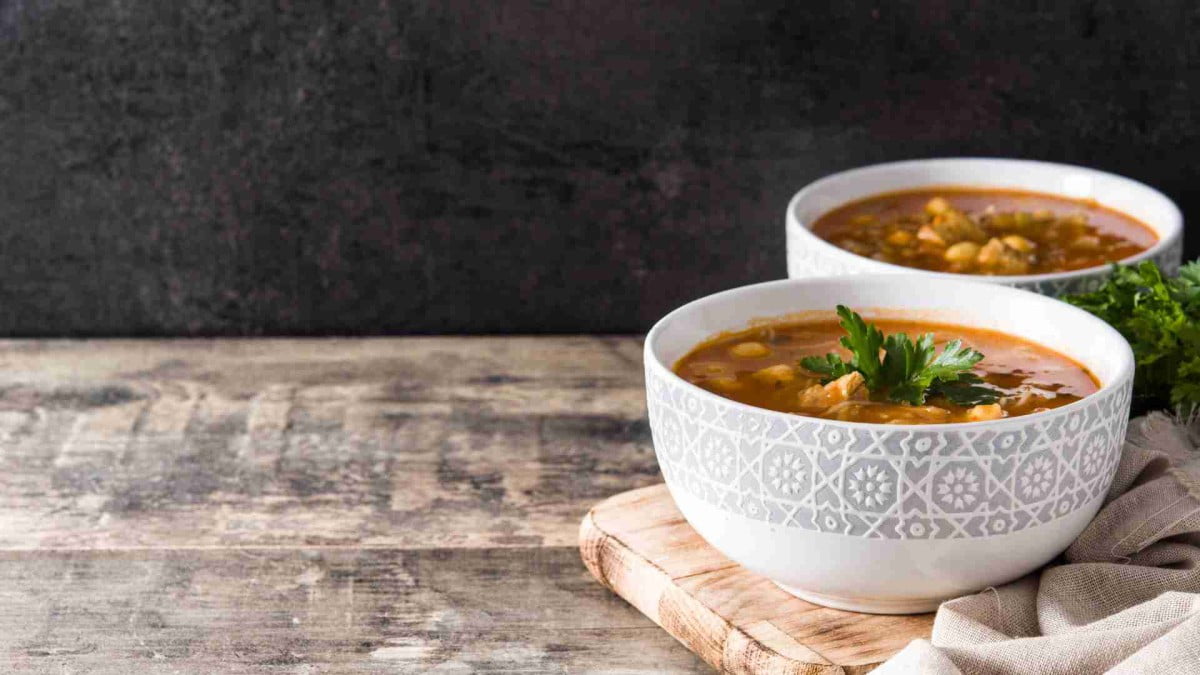
Mint Tea
Alcohol is rarely served in Marrakech, but what you will find everywhere is sweet mint tea. This refreshing drink is a symbol of Moroccan hospitality and culture, and you’ll find that you’re constantly offered it wherever you go. It’s made with black tea leaves, fresh mint, and a generous helping of white sugar to keep your energy levels high in the heat! The most traditional way to pour it is from a height which creates a frothy top.
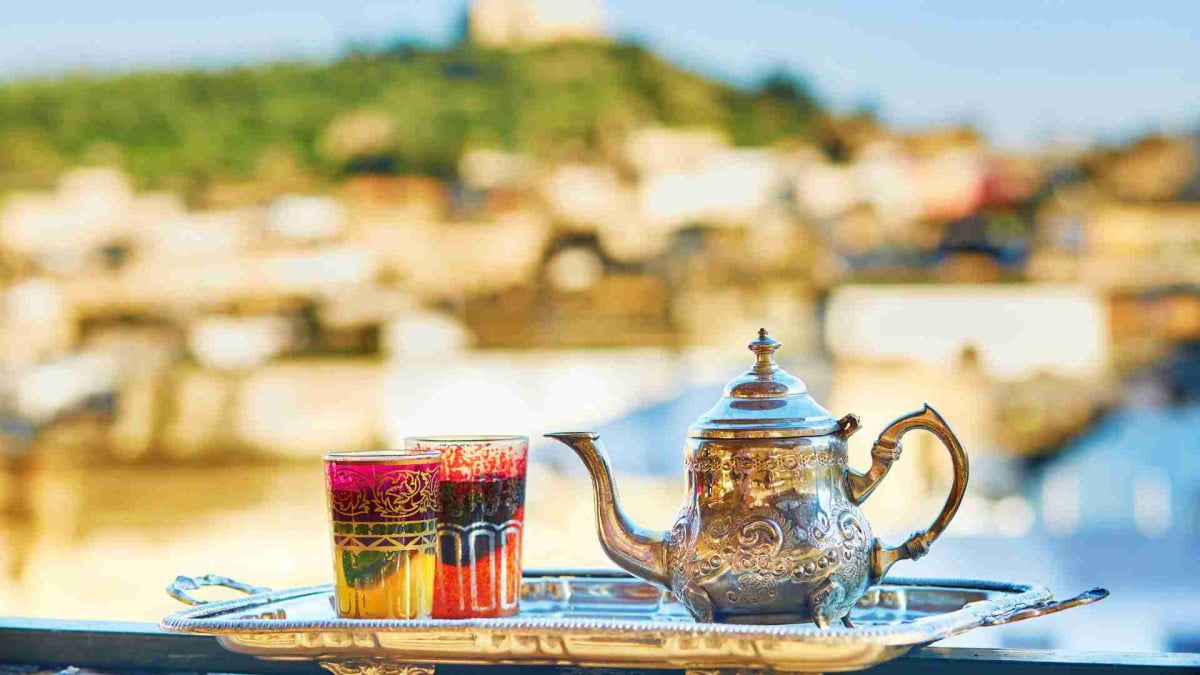
Bissara
A humble Moroccan dish made with dried fava beans, bissara is a thick soup often enjoyed as a breakfast or snack. Fava beans are slowly simmered with onions, spices, and garlic before being served with a drizzle of olive oil or lemon. It might not look especially pretty, but this unassuming dish is wholesome, hearty, and full of flavour.
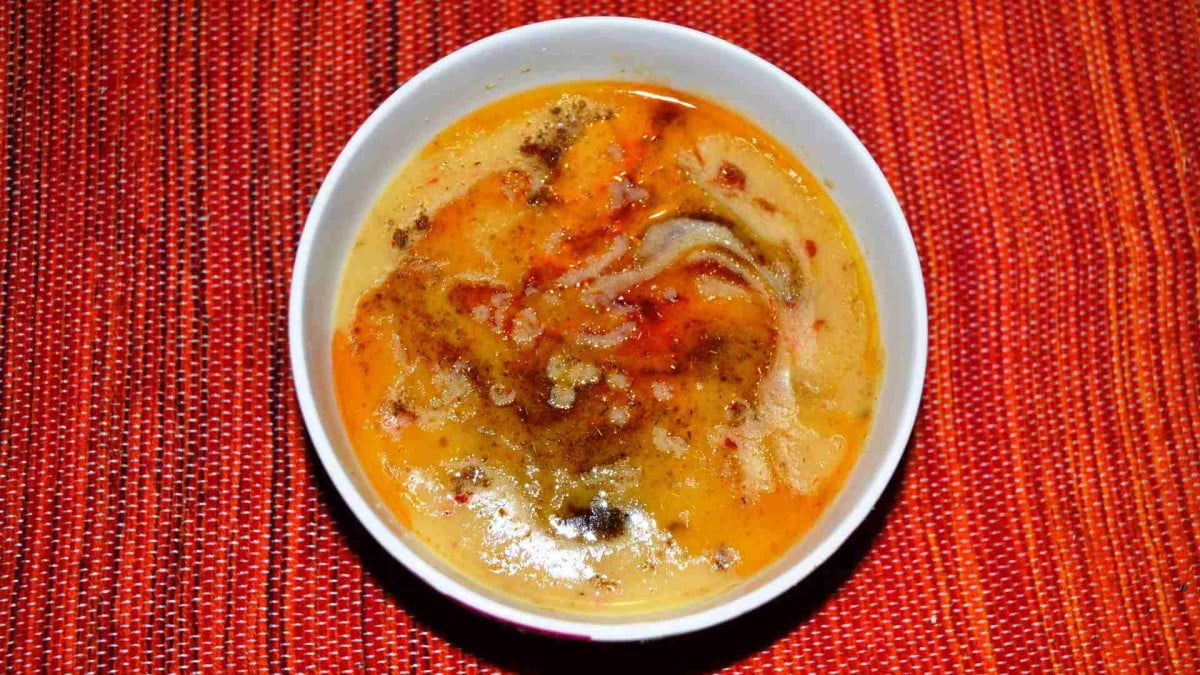
Msemen
Msemen are flaky, square flatbreads that are both doughy and crispy at the same time – a bit like a cross between a pancake and pastry. They’re made up of lots of thin layers created by folding and rolling out oil-enriched dough, before frying it in a pan. Usually enjoyed hot for breakfast with a little honey and a couple of glasses of mint tea, we can guarantee you’ll become addicted to these delicious flatbreads once you try one and they’ll make your “What to eat in Marrakech” list when telling friends about your trip.
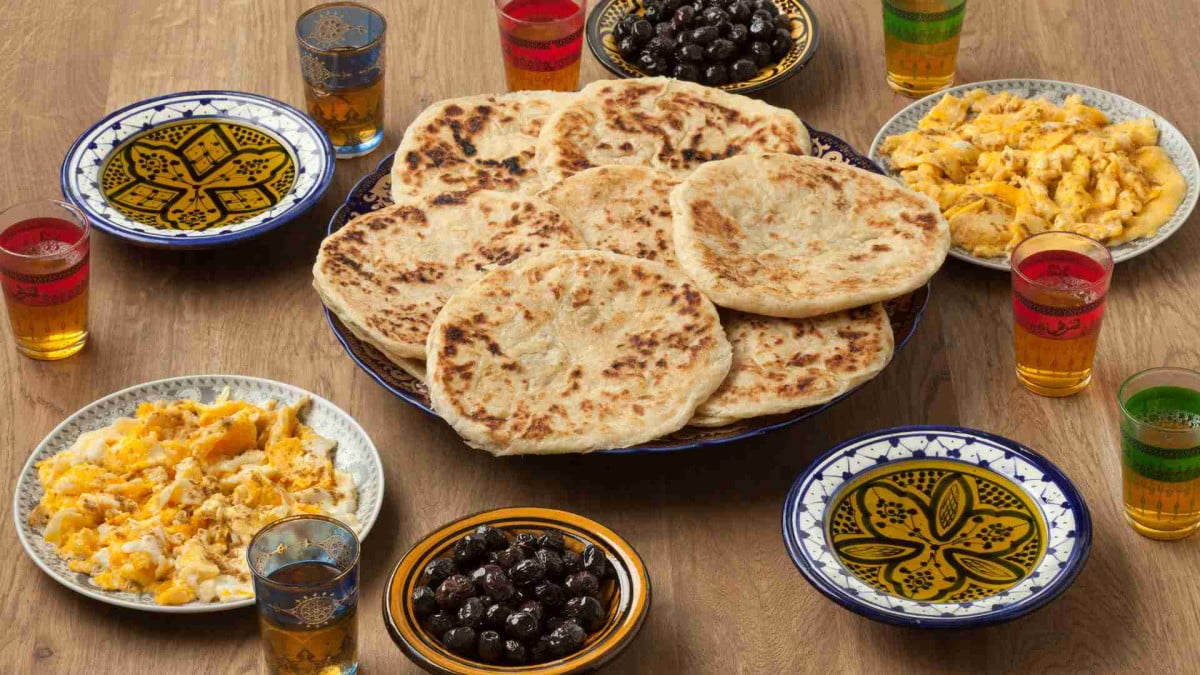
There are many Moroccan cookbooks around but here’s a list of a few of our favorites here at Flavours:
1. Casablanca: My Moroccan Food, by Nargisse Benkabbou – buy here
2. The Modern Tagine Cookbook: Delicious recipes for Moroccan one-pot meals, by Ghillie Basan – buy here
3. Vegetarian Tagines & Couscous: 65 delicious recipes for authentic Moroccan food, by Ghillie Basan – buy here
Do you want to explore Marrakech yourself? Maybe collate your own “What to eat in Marrakech” list? Flavours Holidays offers a wealth of special trips suited to a range of interests, from painting to Pilates holidays in Marrakech. Have a browse to find a holiday that’s right for you.

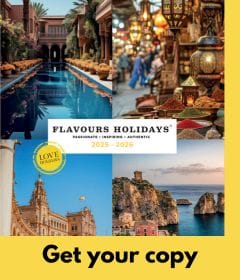
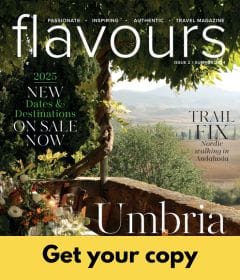
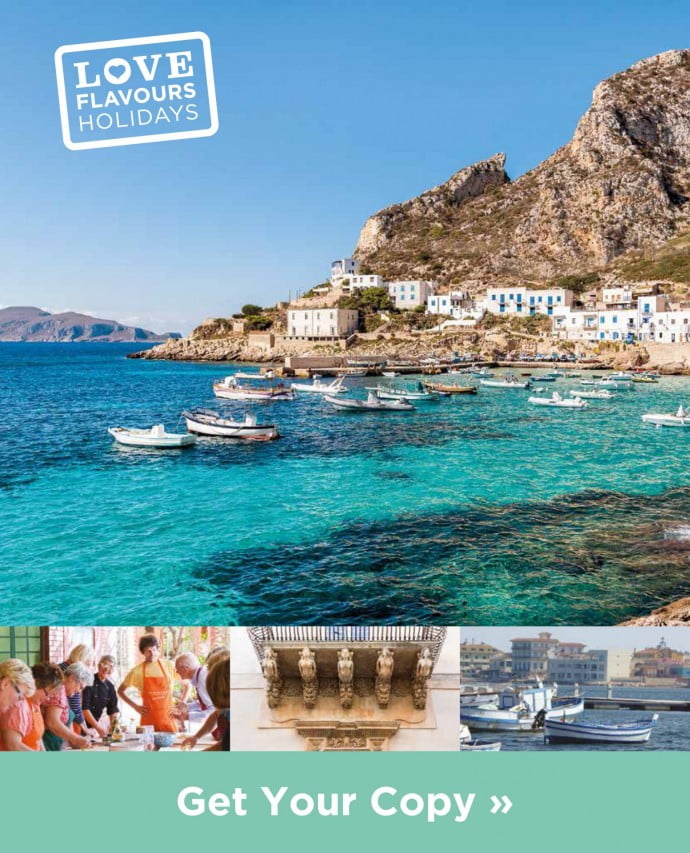
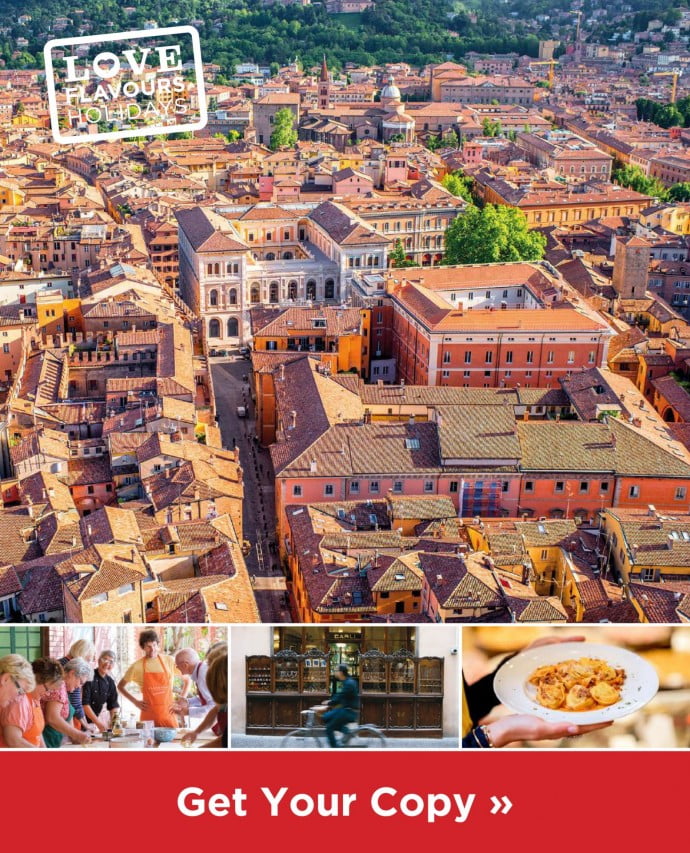
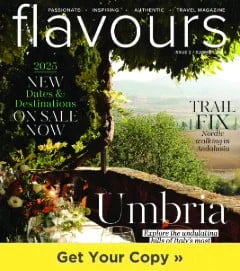


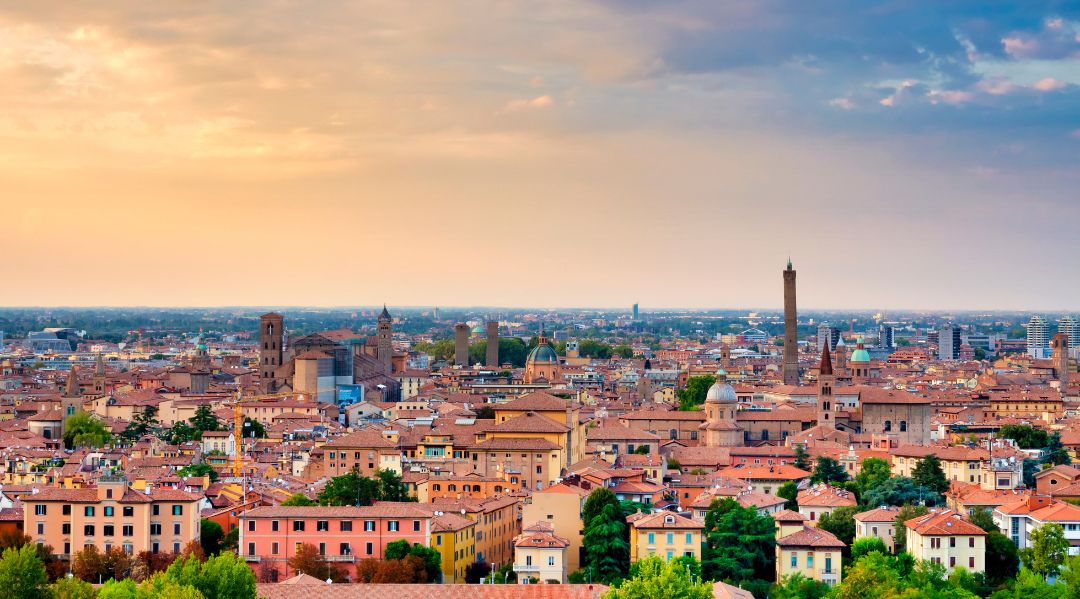
Excellent piece! Your thorough summary is much appreciated.